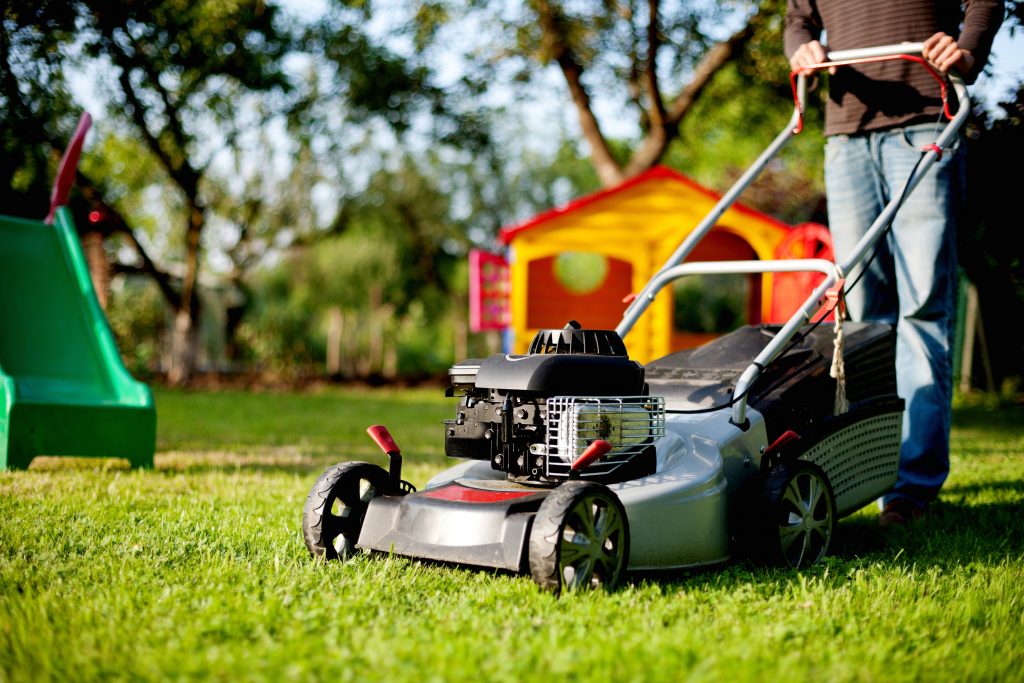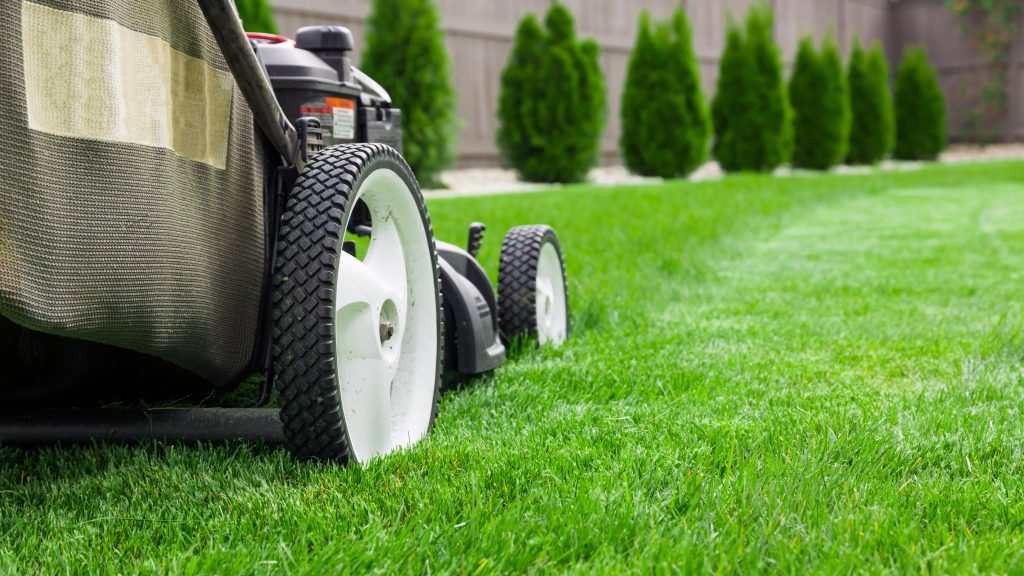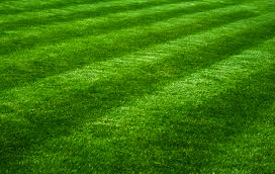Can a Lawn Mower Spread Fungus?
A beautiful green lawn is a natural invitation to relax, play and spend time outdoors. However, ensuring your lawn stays healthy requires effort and a lawn care routine, ...

 Buffalo grass is a lawn type which is best suited for shaded conditions. Not only does Buffalo have very high shade tolerance amongst all the warm season lawn types, but actually performs worse when grown in full sun.
Buffalo grass is a lawn type which is best suited for shaded conditions. Not only does Buffalo have very high shade tolerance amongst all the warm season lawn types, but actually performs worse when grown in full sun.
The most noticeable detrimental effect of Buffalo being grown in full sun is that its thick thatch layer grows at far greater speed and to a far greater depth. For these reasons, we can easily see and say that Buffalo is indeed a grass best suited for partial shade.
Lawn care practices for any lawn being grown in the shade will differ greatly than when a lawn is grown in full sun, and Buffalo lawn is exactly the same.
The most common lawn care practices which will need to be altered for Buffalo grass being grown in the shade will be to monitor for things such as, moss and bare patches, reducing watering times to grass grown in shaded areas, and lawn coring if the soil is becoming waterlogged. However, the number one factor which needs addressing for Buffalo lawn grown in the shade, and which can dramatically alter so many other aspects of lawn health in the shade – is lawn mowing heights.
 We all have an understanding of photosynthesis in plants, including turf. It’s a process of food production for plants and is vital for plant health. This is why many plants and lawns simply cannot grow in the shade, they need at least some direct sunlight to survive.
We all have an understanding of photosynthesis in plants, including turf. It’s a process of food production for plants and is vital for plant health. This is why many plants and lawns simply cannot grow in the shade, they need at least some direct sunlight to survive.
When we remove this direct sunlight, photosynthesis decreases, and plants and lawns will die as a direct result of a lack of photosynthesis. That’s why lawns die in shade!
When we look at photosynthesis in turf, we can now understand that in reduced light conditions – the longer the length of the leaf of the lawn, equates to a substantial increase in overall leaf matter of the lawn, and as a result will also increase the photosynthesis levels of the lawn itself.
So by doubling the lawn mowing height for lawn in the shade, we are actually doubling the photosynthesis levels of that lawn being grown in that area. This results in a massive increase in Buffalo lawn health in the shade.
 We’ve seen how a lack of direct sunlight from growing lawns in the shade results in reduced photosynthesis, which then results in poor lawn health and sometimes the death for lawns grown in shaded conditions.
We’ve seen how a lack of direct sunlight from growing lawns in the shade results in reduced photosynthesis, which then results in poor lawn health and sometimes the death for lawns grown in shaded conditions.
Now Buffalo grass is indeed the best warm-season lawn type to grow in partial shade conditions, but just be aware that even the Buffalo lawn will require some direct sunlight each day in order to survive. There’s no such thing as a grass that will grow in full shade.
Now it’s time to translate everything we just covered into a single lawn mowing fact for Buffalo grass.
We must increase lawn mowing heights for Buffalo grass being grown in partial shade in order to ensure the greatest possible health for our lawn under these conditions.
Raise Buffalo lawn mowing heights higher as shade levels increase. The more shade, the longer the leaf of the Buffalo lawn should be.
Forty to 50 mm lawn mowing heights should be a minimum for Buffalo grass in the shade. However as the shade levels increase, so too should your lawn mowing heights. You can easily go to 70 mm lawn mowing heights for Buffalo grass in heavier shaded conditions.
Just remember though, even Buffalo grass has upper limits to its shade tolerance, and once shade conditions reach past the 70% mark, the chances of maintaining a healthy Buffalo lawn in the shade will become almost impossible.
For more fast facts and Q&As on our Buffalo varieties –
Or check out our handy Quick Lawn Selection Guide
.